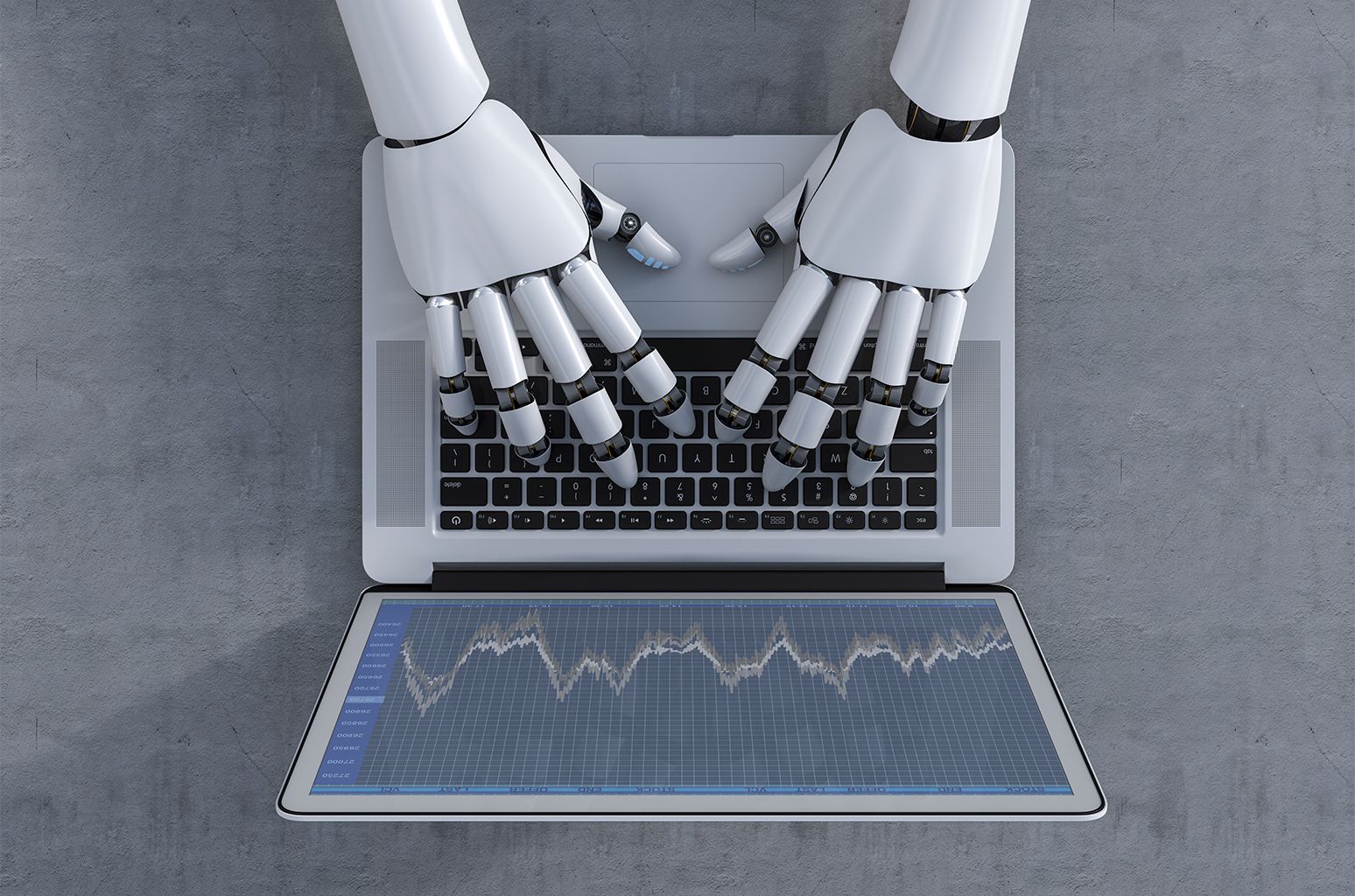Avicii, your music lives forever!



There is an enduring fear in the music industry that artificial intelligence will replace the artists we love, and end creativity as we know it.
As ridiculous as this claim may be, it’s grounded in concrete evidence. Last December, an AI-composed song populated several New Music Friday playlists on Spotify, with full support from Spotify execs. An entire startup ecosystem is emerging around services that give artists automated songwriting recommendations, or enable the average internet user to generate customized instrumental tracks at the click of a button.
But AI’s long-term impact on music creation isn’t so cut and dried. In fact, if we as an industry are already thinking so reductively and pessimistically about AI from the beginning, we’re sealing our own fates as slaves to the algorithm. Instead, if we take the long view on how technological innovation has made it progressively easier for artists to realize their creative visions, we can see AI’s genuine potential as a powerful tool and partner, rather than as a threat.

That, he said, will lead to new forms of expression, such as music, that will be as different from today’s communication as current human expression is from that of primates.
Asked how the U.S. and other countries would pay for a basic income, given existing large deficits, Kurzweil predicted that massive deflation would make goods much cheaper.
Separately: Kurzweil debuted a new Google project called “Talk to Books,” a new free tool that allows people to use their voice to ask a question and that will go find the best answers from hundreds of thousands of books. Unlike traditional search, it is based on semantics, not keywords.


Space has suddenly become big in New Zealand, but Rocket Lab is just one example of what is starting to look like exponential growth in commercial activity. Business consultant and self-confessed space junkie Kevin Jenkins looks into how things are shaping up.
One space narrative is about disappointment. The 1950s and 1960s were about possibilities, and landing on the Moon seemed to prove that the science fiction of the 20th century really was just history written before it happened. But the promise of space seemed to peter out. The Apollo moon programme came to look more like a peak or end-point, rather than the trial run for Mars some in the space programme had hoped it would be.
After Apollo, “space” seemed to shift back to being more of a popular culture theme. For example, the famous song, album and movie Space is the Place is by one of my favourite jazz weirdos, Sun Ra, who was adamant he came from Saturn. Space became a dominant meme in pop and rock music too, as well as a mainstay in novels and films.
Why should you care about the well-being of people half a globe away?
Kurzgesagt Newsletter: http://eepurl.com/cRUQxz
Support us on Patreon so we can make more videos (and get cool stuff in return): https://www.patreon.com/Kurzgesagt?ty=h
Kurzgesagt merch: http://bit.ly/1P1hQIH
Facebook: http://bit.ly/1NB6U5O
Twitter: http://bit.ly/2DDeT83
Instagram: http://bit.ly/2DEN7r3
Discord: https://discord.gg/Fsstncs
The music of the video here:
Google believes you don’t have to be a virtuoso to make decent music as evident by their Chrome Music Lab initiative. If you’re not aware, Chrome Music Lab is, in Google’s own words, “a website that makes learning music more accessible through fun, hands-on experiments.”
The latest of these experiments is Google’s “Song Maker” tool which, as the name suggests, allows you to create your own unique melodies quickly and easily from within your mobile or desktop browser. To use Song Maker, simply visit the official experiment page and begin “painting” notes on the large grid provided by Google.
Users will be able to choose two separate instruments for their composition as well as set a specific tempo. The first group of instruments includes synth, marimba, piano, strings and woodwind while the second group is comprised of “conga,” electronic, blocks and kit.
What are the principles behind Homeopathy and does it work?
Kurzgesagt Newsletter: http://eepurl.com/cRUQxz
Support us on Patreon so we can make more videos (and get cool stuff in return): https://www.patreon.com/Kurzgesagt?ty=h
Kurzgesagt merch: http://bit.ly/1P1hQIH
The MUSIC of the video:
Soundcloud: http://bit.ly/2BI1Wb5
Scientists from the University of Washington and Microsoft are improving their system for preserving digital data in strands of synthetic DNA — and they’re giving you the chance to participate.
The UW-Microsoft team laid out the method in a research paper published this week in Nature Biotechnology.
For the experiment described in the paper, text files as well audio, images and a high-definition music video featuring the band OK Go were first digitally encoded, and then converted into chemical coding — that is, adenine, thymine, cytosine and guanine, which make up the ATCG alphabet for DNA base pairs.
“There’s no escape: the journey to a healthier society inevitably involves politics.”
Starting with these words, David Wood, Executive Director of Transpolitica and Chair of London Futurists, introduces his book “Transcending Politics: A Technoprogressive Roadmap to a Comprehensively Better Future”.
For more details about this book, see https://transpolitica.org/projects/transcending-politics/
The music in this video has been generated by AI from Jukedeck — create your own at http://jukedeck.com